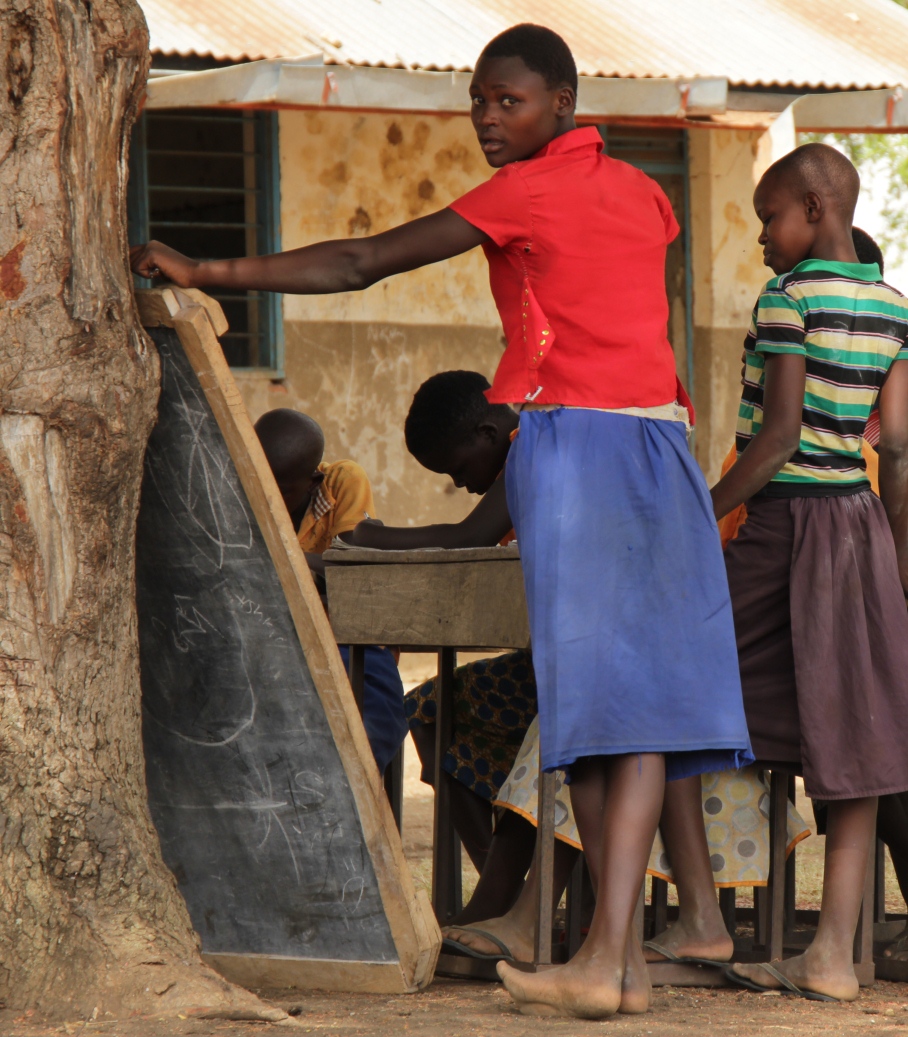
In 2012, RTY entered into partnership with Columbia University’s International Centre for Child Health and Asset Development (ICHAD) for Bridges to the Future Research Study in Uganda. The study is funded by US government through the National Institute of Health (NIH). Specifically RTY is a partner to Columbia University School of Social Work, and Prof Fred Ssewamala is the Principal Investigator; and is the Director of ICHAD.
This is a 5 year research project implemented in the Greater Masaka region in the districts of Masaka, Rakai, Lwengo and Kalungu. Historically, this is a region known to have one of the highest HIV prevalence rates in Uganda. The research project is implemented in 48 catholic based and government aided primary schools and the study participants (pupils 5-7classes) are 1,410.
Out of the 48 schools, 16 are in the control arm while 32 are in the treatment arm. The study has two intervention components namely training study participants in Income Generating Activities (IGA) and supporting study participants to open bank accounts and the project matches their monthly savings at ratio of 2:1 or 1:1 for a period of two years depending whether a school is in control or treatment arm. RTY was responsible for conducting the IGA component in 32 schools under the treatment arm and monitoring the saving components. The treatment arm comprised of 916 (500 boys and 416 girls) study participants
Over all aim of the study is to evaluate the efficacy and cost effectiveness of an innovative family based on economic empowerment interventions for AIDS orphaned children to enhance education and career aspirations and creation of education policy favorable for vulnerable children through mentorship.
The specific aims of the study are: